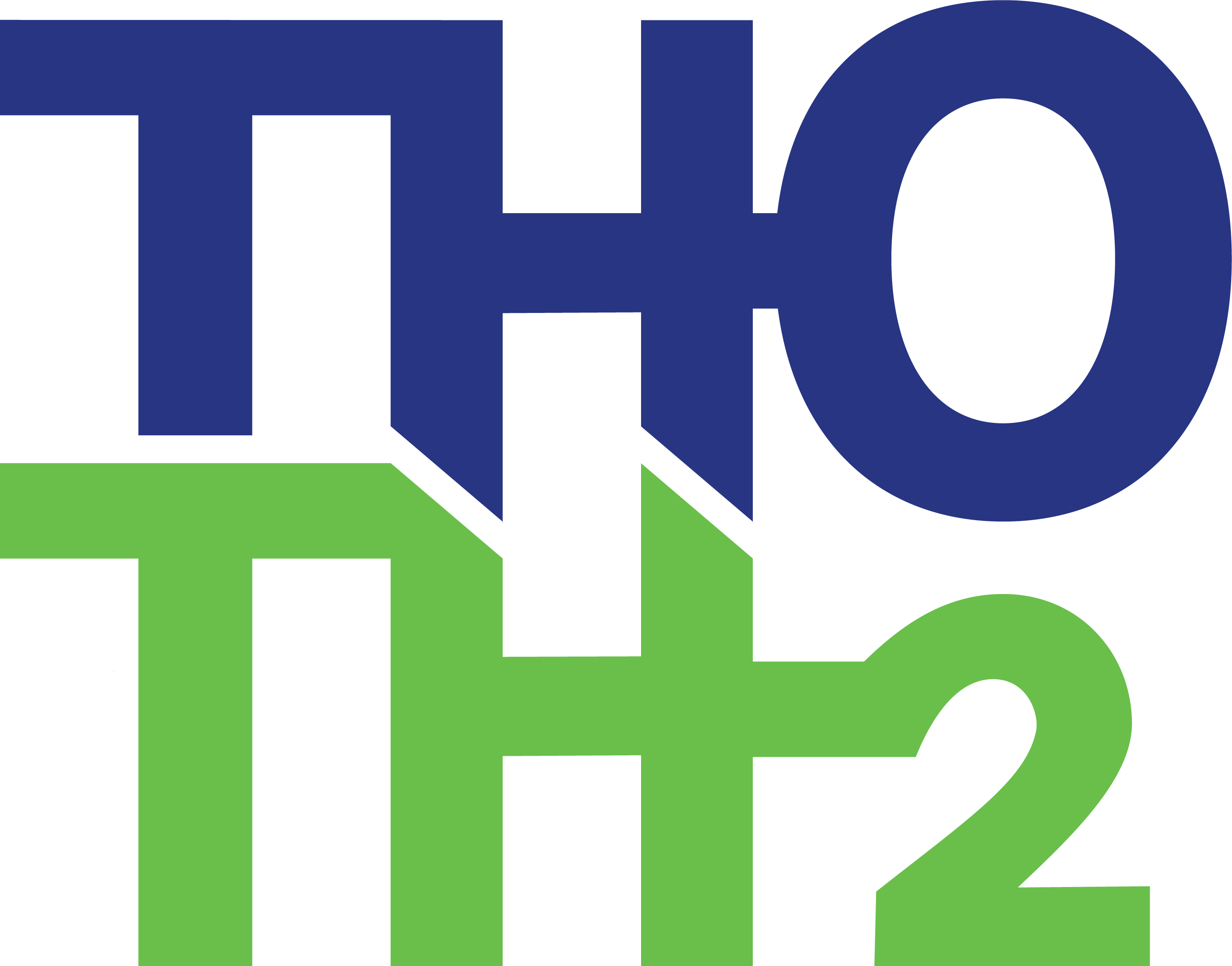Main goals
THOTH2 is to develop new validated methodologies, protocols, and facilities for testing the metrological performances and degradation of the existing measuring devices installed in NG transmission and distribution systems when operated with H2NG mixtures up to 30%vol. and pure H2. Based on them, THOTH2 will experimentally investigate the maximum H2 tolerances on SoA measuring devices beyond which the operation is not compliant with the Measuring Instruments Directive (MID) or any other applicable directive. Furthermore, based on the missing regulatory gaps, recommendations to provide new standards or update the existing ones will be given to the Technical Committees of International Standard Bodies. Moreover, THOTH2 will assess the impact of different H2NG mixtures in the installed measuring systems that gas TSOs, DSOs operate. A further important objective is to introduce the results and recommendations from the testing and analysis part of the project to the broadest public and interested stakeholders through the Advisory Board and/or other dissemination channels.
work packages
- SoA, Barriers and bias on metering devices for NG blend
WP1 aims firstly to perform a State of the Art (SoA) investigation of the measuring devices installed on NG networks to provide exhaustive cataloguing of the installed and operated devices in terms of operative and design conditions, type and number and/or the percentage respect to the total.
Leader: UNIBO
- Methodology and test protocols
WP2 develops testing protocols and verification procedures, for all of the gas flow meters, quality analysers, pressure transmitters and any other relevant devices that are used to measure renewable gases (i.e. H2). The protocols will be designed in compliance with the requirements of the 2014/32/EU Measuring Instruments Directive (MID) with a particular focus on accuracy and durability and to determine the uncertainty budget. In addition, WP2 aims to study and evaluate the integrity of the internal components of the meters, the durability of the materials, the behaviour of the electronic components and other possible technical issues related to the presence of hydrogen.
Leader: CESAME
- Testing and validation
WP3 focuses on obtain the experimental validation for the updating the existing research protocols and standards to measure the quality and quantity of hydrogen and H2NG blends, filling the current gaps identified. An experimental and rigorous approach is necessary before introducing new protocols or standards to measure the quantity and quality of H2NG mixtures.
Leader: INIG
- Standardization and market implementation
WP4 identifies the actions required to remove those barriers that prevent H2NG implementation and the H2 asset readiness of European gas infrastructure. The WP will focus on two main areas: standardization and market implementation. Accordingly with the first objective, WP4 will give suggestions and recommendations for the proposal of new standards and/or revision of the existing ones.
Leader: GRTGAZ
- Dissemination & Communication
WP5 aims to create impact for the consortium to support all relevant stakeholders from industry, manufacturers, standardization committees, metrology institutes, and the scientific community. This will be achieved by disseminating new measurement, metering, monitoring, and analysis capabilities and experience gained from the technical work packages of the project directly to the stakeholders through relevant media, such as websites, workshops, scientific and popular literature, and social media and presentations.
Leader: GERG
- Coordination & Project management
WP6 is related to the coordination and monitoring of the activities, the administrative and financial management, reporting and deliverables production, the management of the knowledge, and the resolution of the conflicts. In addition, contacts with the PO and compliance with the procedures described in the Grant Agreement (GA), and Consortium Agreement (CA), will be continually ensured.
Leader: SNAM

